Eurozone PPI came in at -0.9% mom, 27.1% yoy in November, versus expectation of -0.8% mom, 28.2% yoy. For the month, industrial producer prices decreased by -2.2% mom in the energy sector and by -0.4% mom for intermediate goods, while prices increased by 0.2% mom for durable consumer goods, by 0.3% mom for capital goods and by 0.6% mom for non-durable consumer goods. Prices in total industry excluding energy increased by 0.1% mom.
EU PPI was at -0.9% mom, 27.4% yoy. The largest monthly decreases in industrial producer prices were recorded in Bulgaria (-12.6%), Slovakia (-11.6%) and Greece (-6.0%), while the highest increases were observed in Italy (+3.3%), Sweden (+2.7%) and Ireland (+2.4%).




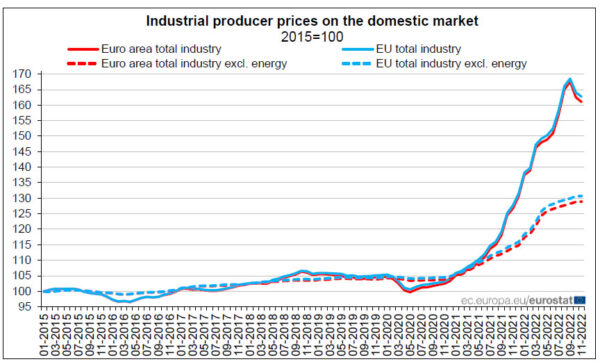
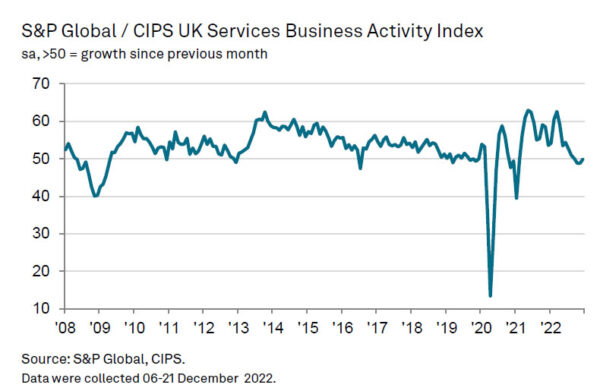
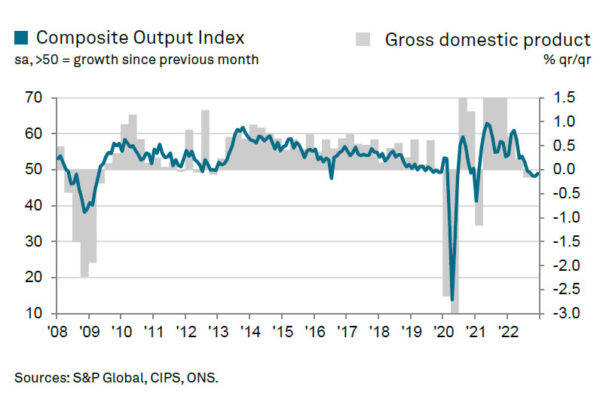
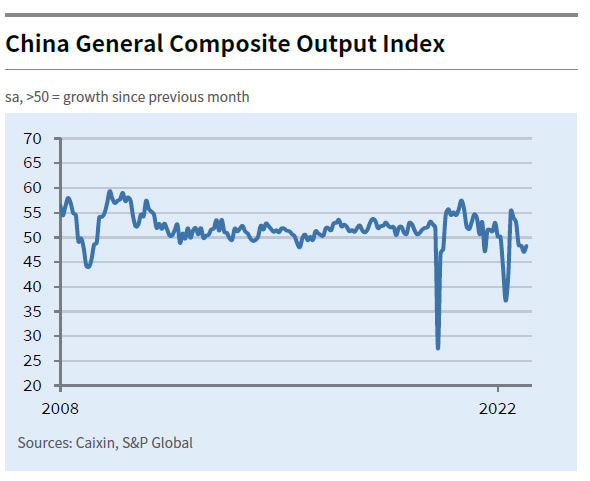
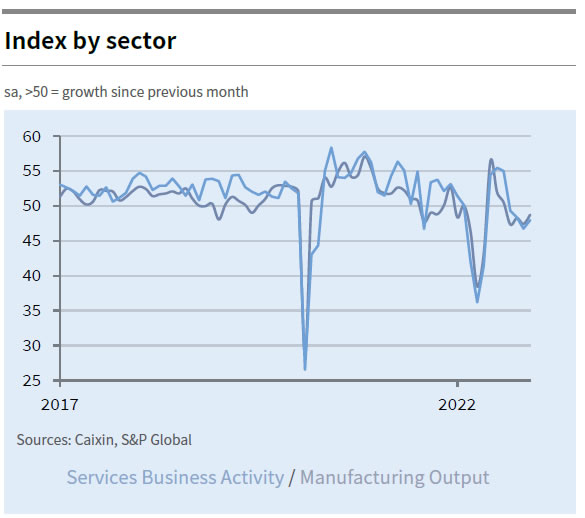
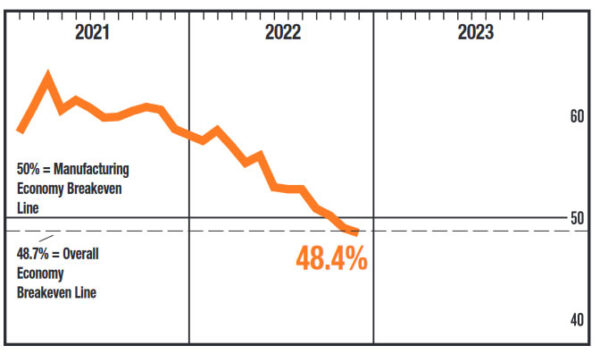
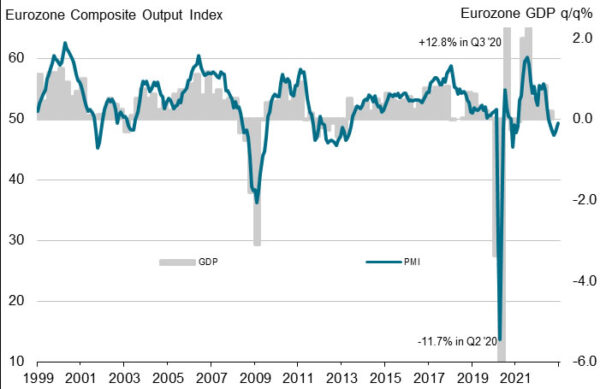
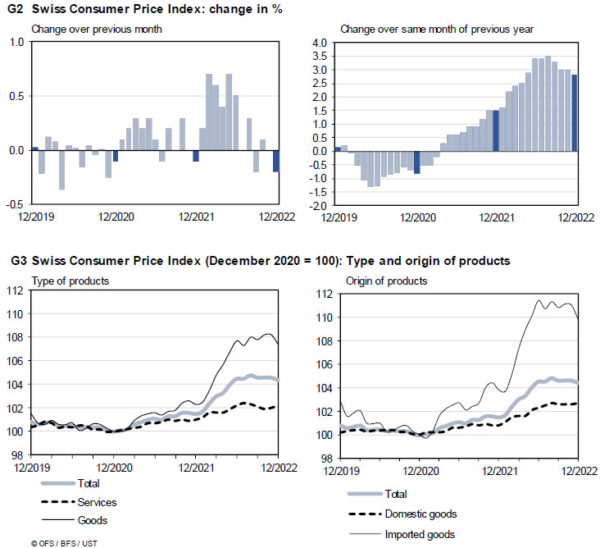
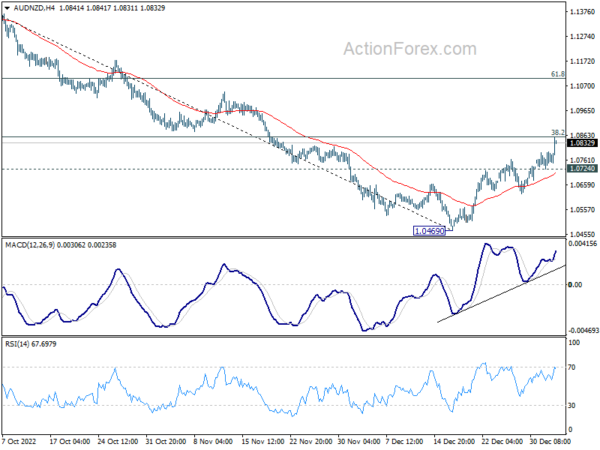
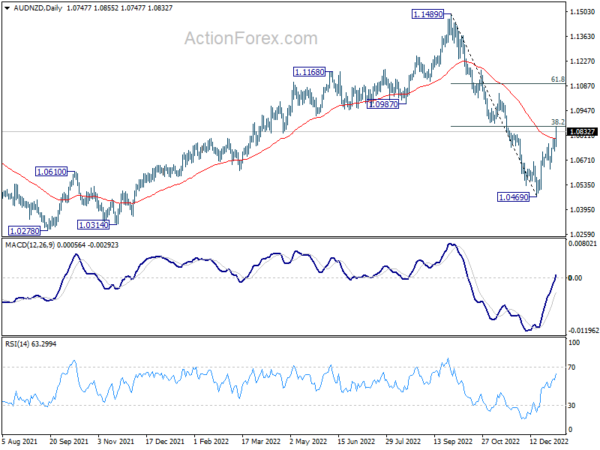
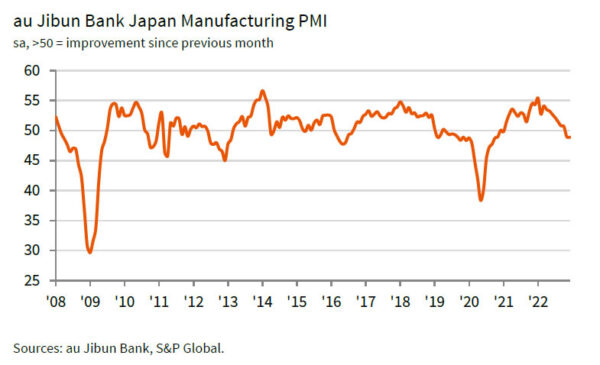
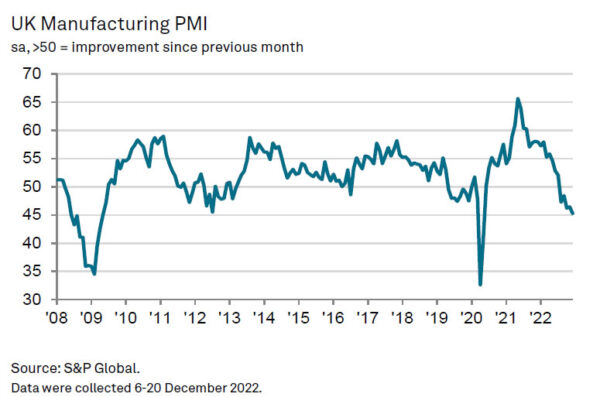
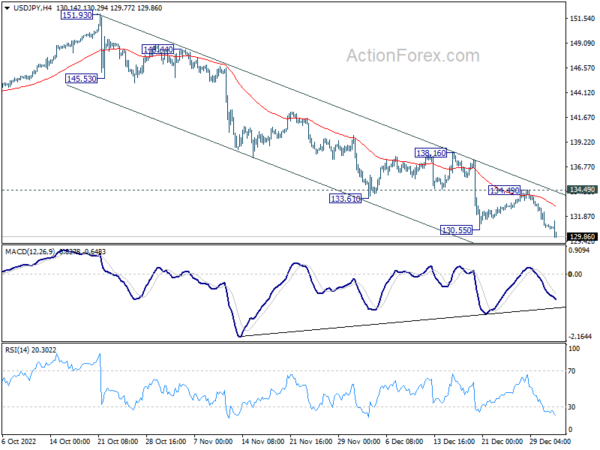
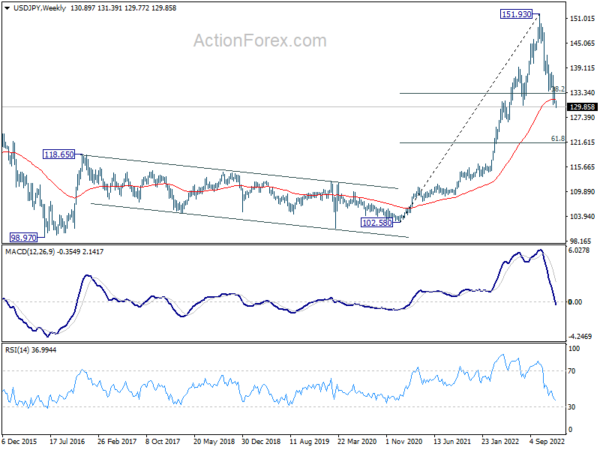
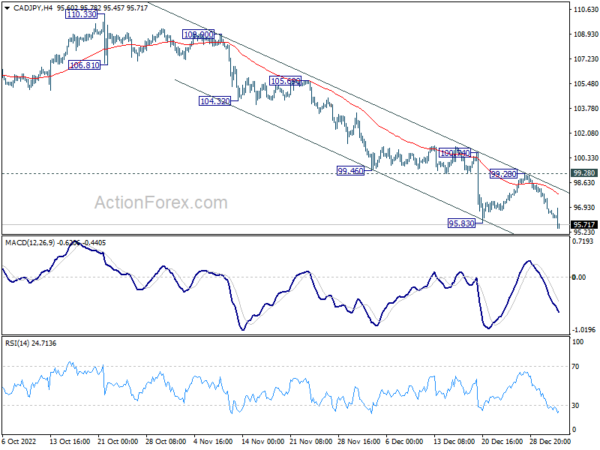
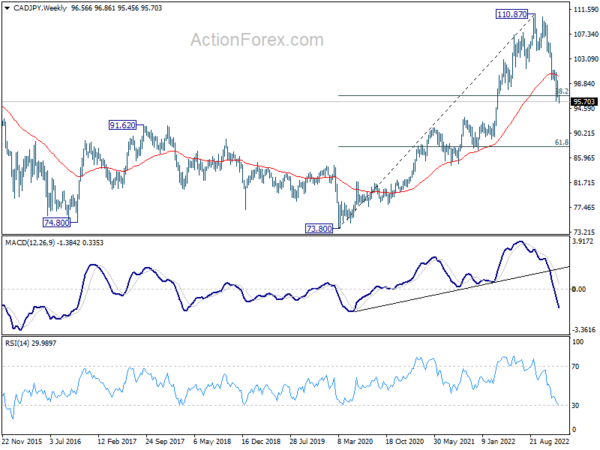
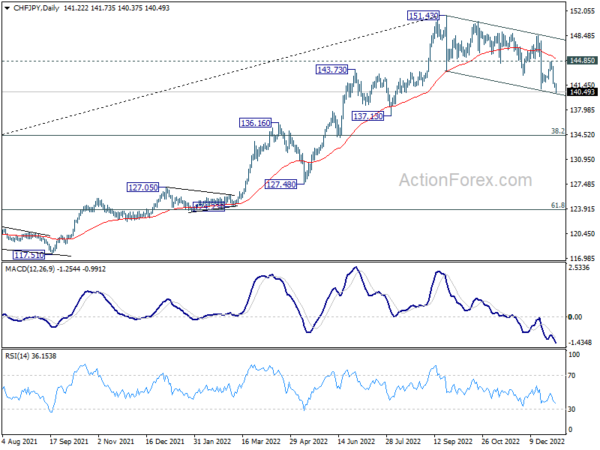

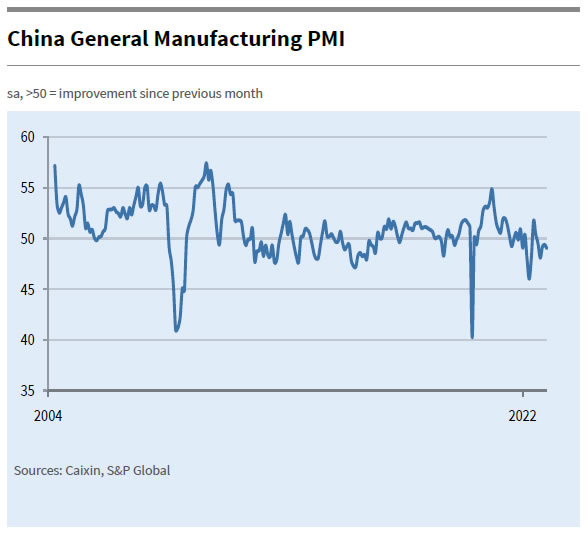
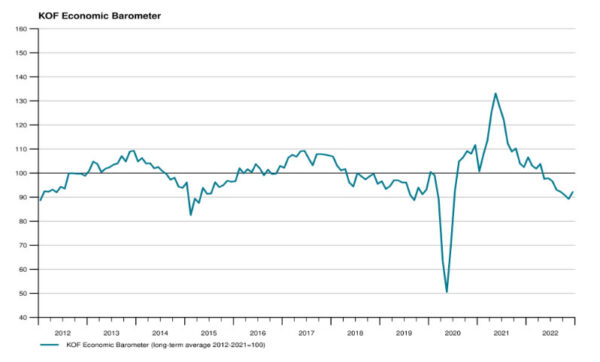
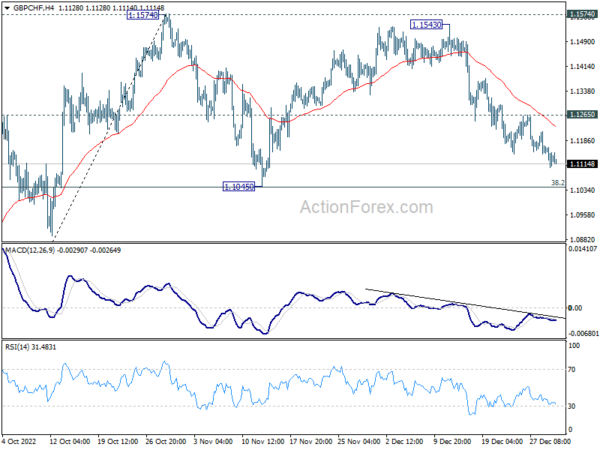
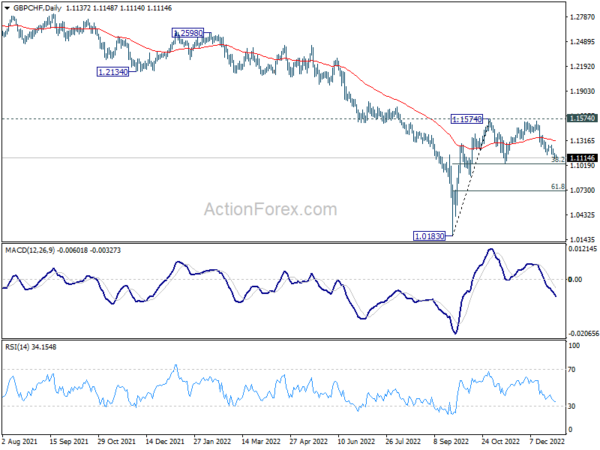
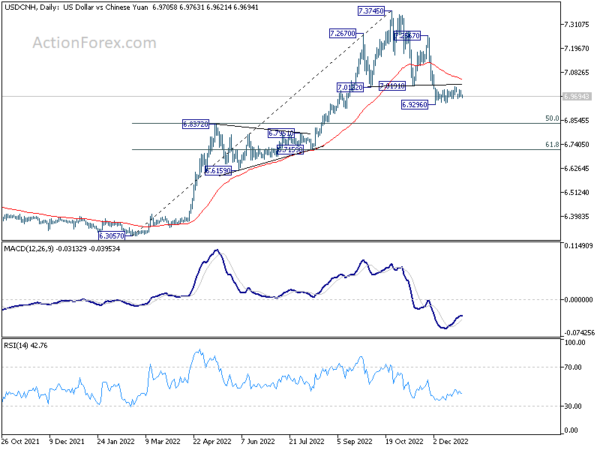

US ADP jobs rose 245k, strong labor market but fragmented
US ADP private employment grew 245k in December, well above expectation of 145k. By sector, goods-producing jobs rose 22k while service-providing jobs rose 213k. By establishment size, small companies added 195k jobs and medium companies added 191k. But large companies cut -151k jobs. Annual pay for job-stays were up 7.3% yoy,
Nela Richardson Chief Economist, ADP, said: “The labor market is strong but fragmented, with hiring varying sharply by industry and establishment size. Business segments that hired aggressively in the first half of 2022 have slowed hiring and in some cases cut jobs in the last month of the year.”
Full release here.